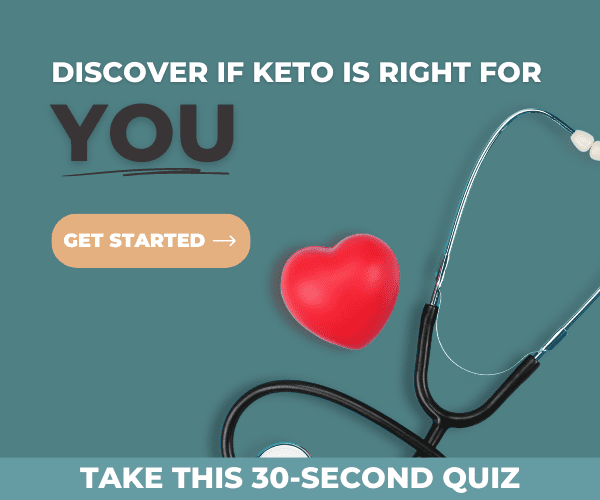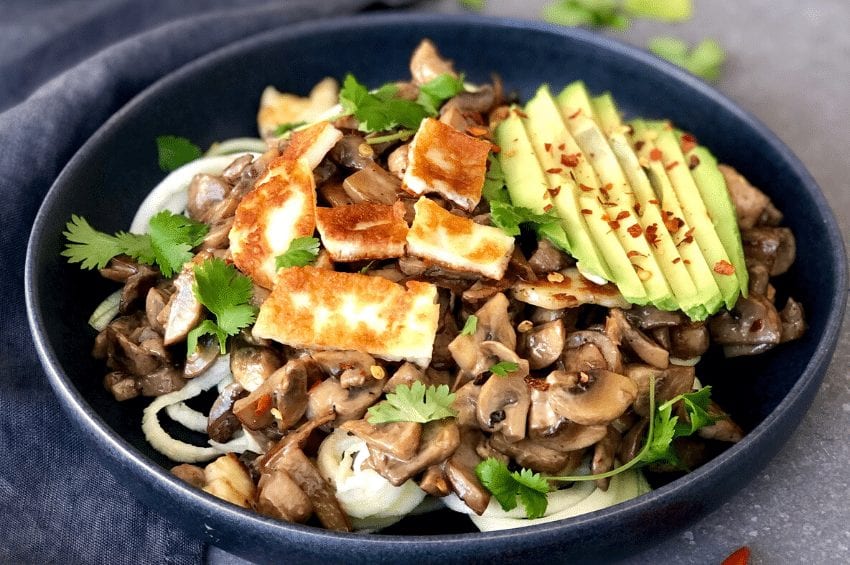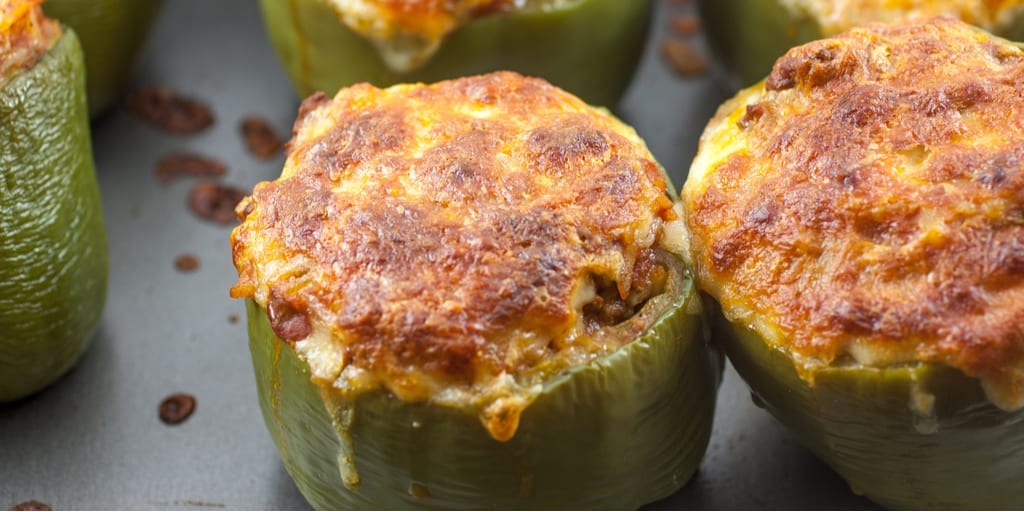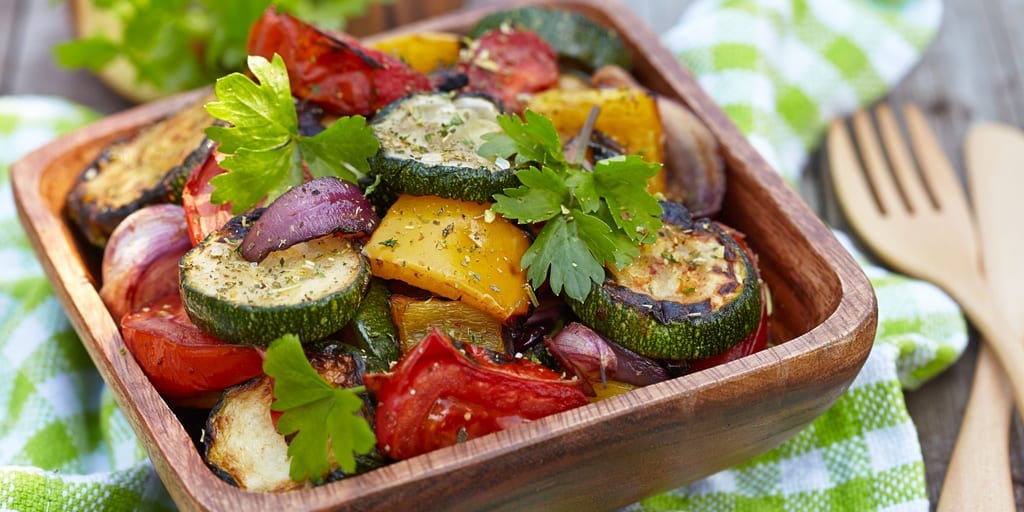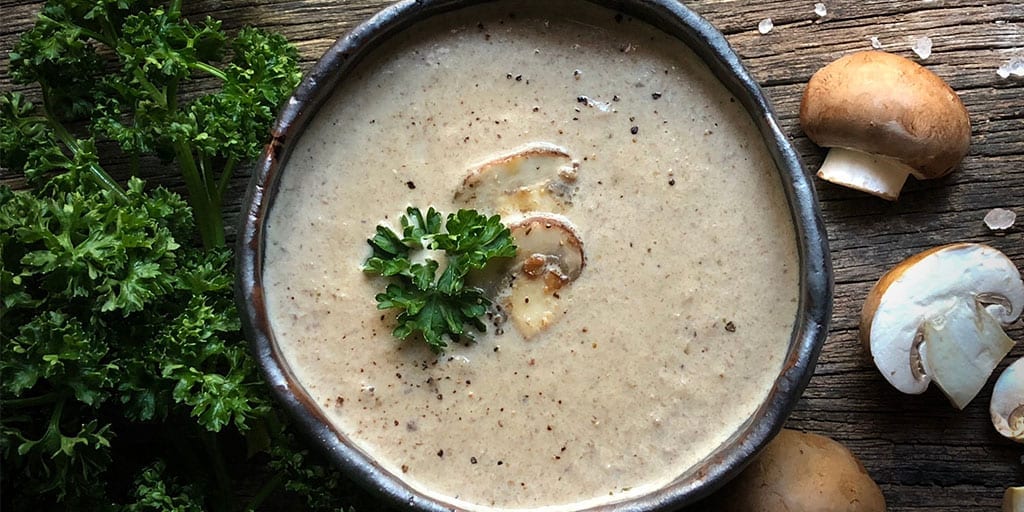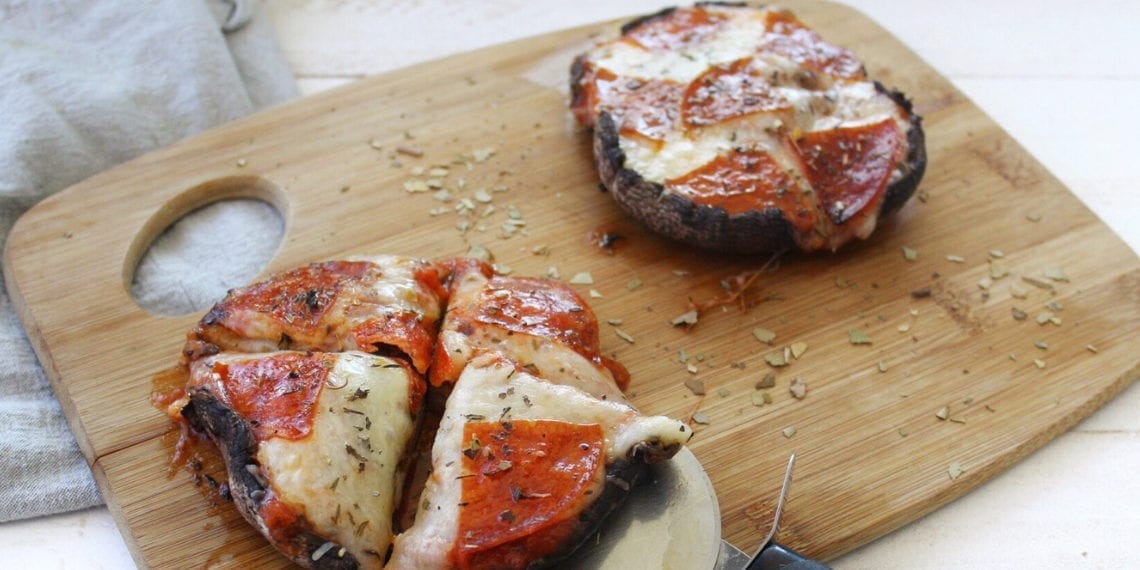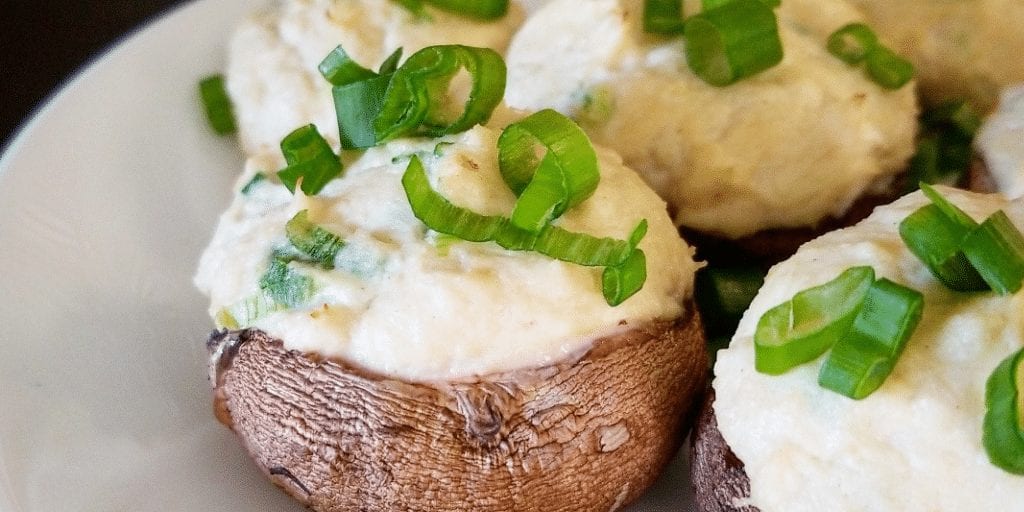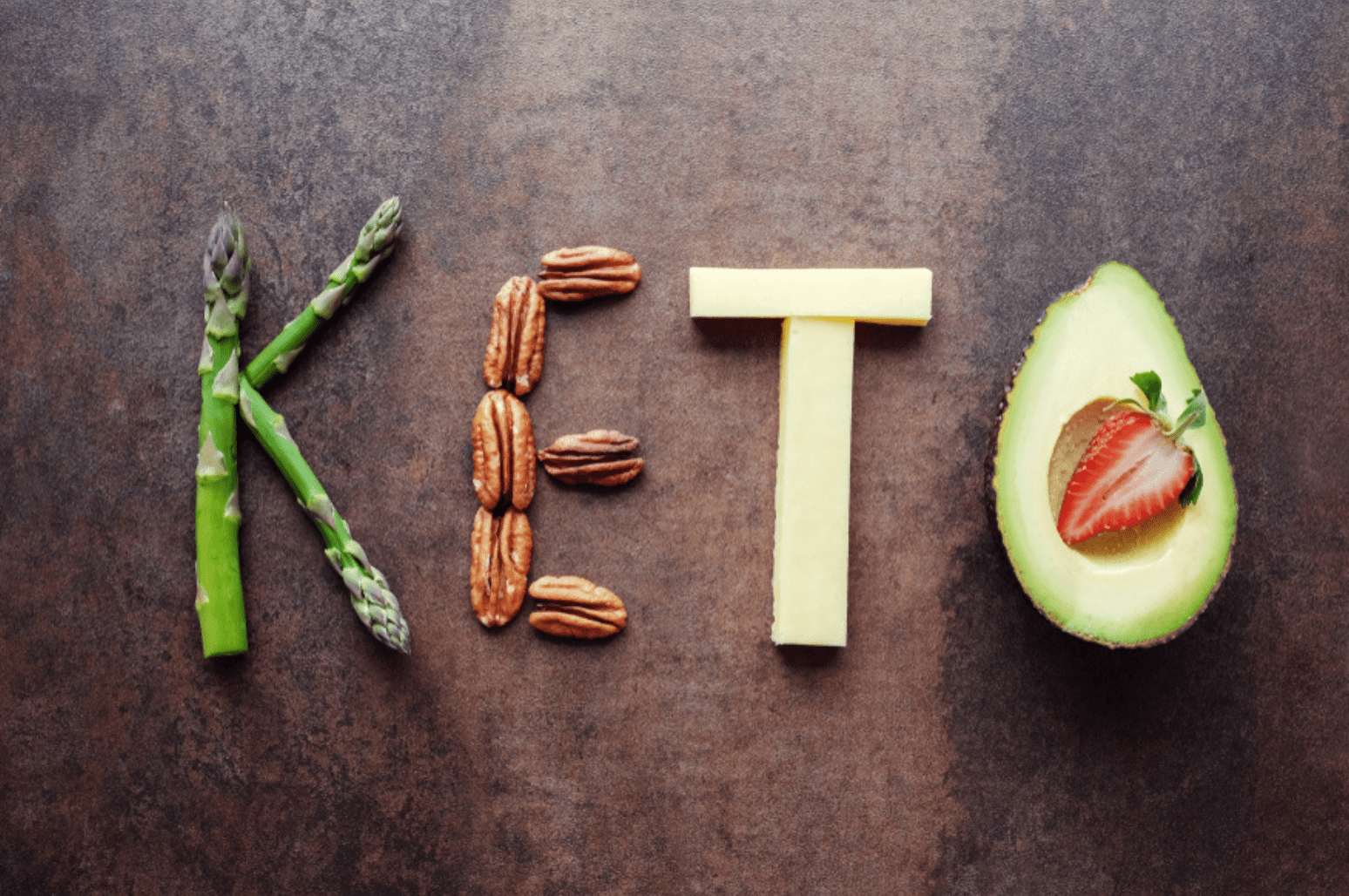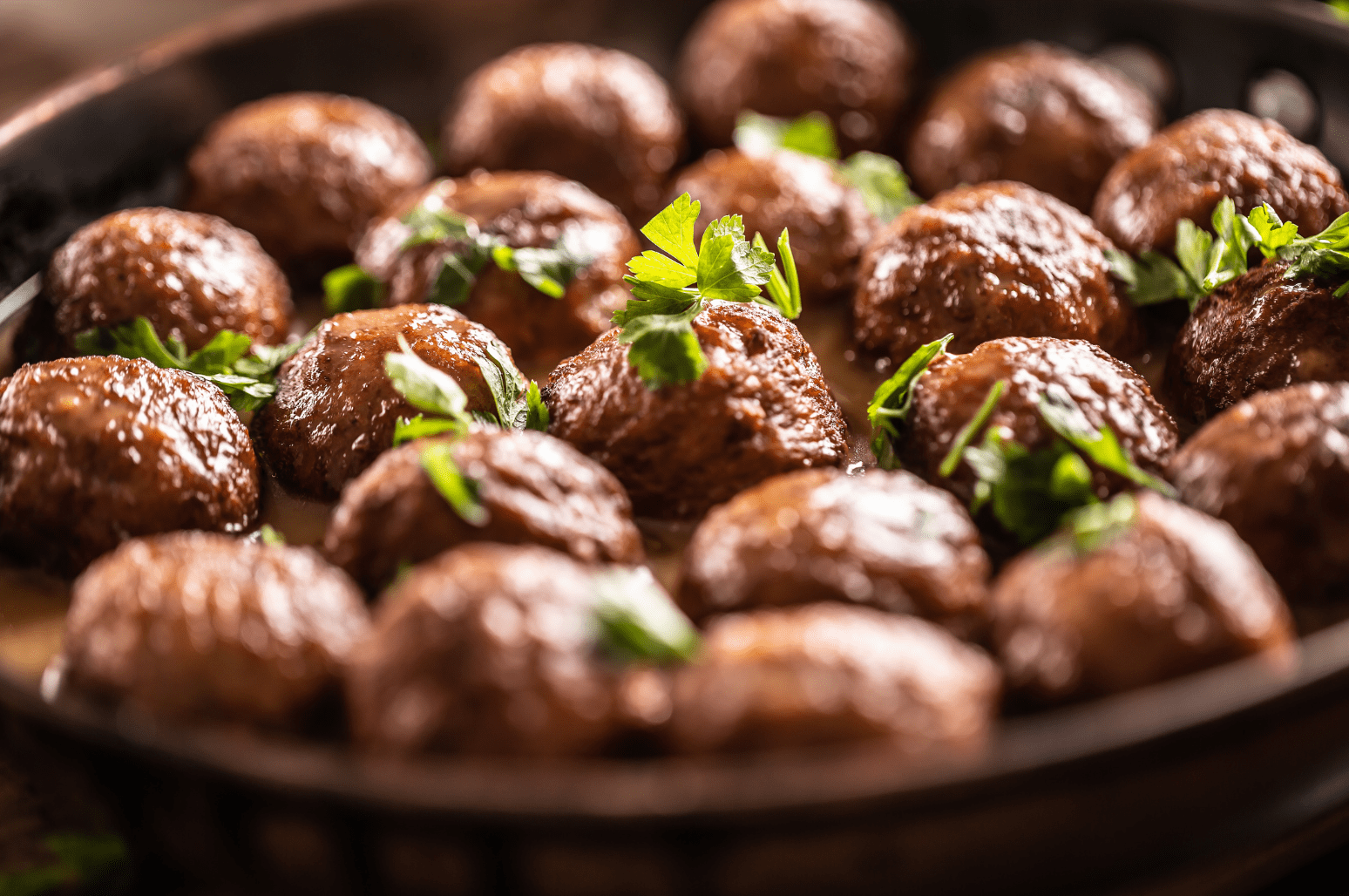
Mushrooms have a lot to offer, from flavor to variety to nutrition. White mushrooms are actually the most cultivated type of mushroom worldwide [1]. So, are mushrooms keto-friendly?
What are Mushrooms?
Mushrooms aren’t a vegetable, rather, they belong to the fungi kingdom. White mushrooms (Agaricus bisporus) make up around 90% of the mushrooms consumed in the United States [2].
Low in calories, mushrooms offer a range of health-promoting effects, such as improved heart health. Some mushrooms have even been used medicinally for thousands of years.
Mushrooms can be harvested at different stages of maturity. When they’re young and immature, they’re known as white mushrooms if they have a white color. If they have a slight brown shade, they’re called crimini mushrooms. When fully grown, they become portobello mushrooms, which are darker and larger.
White mushrooms grow on composted soil with a range of other bacteria and fungi [3] [4]. You can enjoy dried and fresh mushrooms raw or cooked and you can even rehydrate dried mushrooms by soaking them in water.
You can find mushrooms in frozen, fresh, dried, canned, or even powdered form. Fresh mushrooms only have a short shelf life of 3-4 days. To extend shelf life without compromising nutritional quality, you could try freezing, canning, or drying them [5].
Mushrooms are nutrient-dense and provide vitamin D, selenium, phosphorous, and folate. They’re also rich in glutathione — an antioxidant that helps eliminate potentially harmful substances from the body [6] [7] [8].
Are Mushrooms Keto Friendly?
One cup (96 grams) of whole white mushrooms offers: [9]
- 21 calories
- 3 grams of carbs
- 1 gram of fiber
- 3 grams of protein
- 0 grams of fat
With such a low carb count, mushrooms are definitely a keto friendly choice. They’re also a great way to add more nutrition to your ketogenic diet! The carb count of mushrooms varies slightly depending on the type and if it’s raw or cooked [10].
Best Ways to include Mushrooms in Your Ketogenic Diet!
Mushrooms make an excellent addition to various dishes. The caps and the stems are edible, and you can eat them raw or cooked. Try mushrooms:
- Sliced and added raw to your favorite salad
- Sautéed in olive oil with rosemary, garlic, salt, and pepper
- Added to a stir fry
- Cooked along with scrambled eggs or an omelet
- Roasted with sprigs of rosemary and thyme for a crunchy snack
- Sautéed with veggies and boiled in water to make a mushroom broth
Try one of these delicious keto recipes starring mushrooms:
- Mushroom Pasta
- Philly Cheesesteak Stuffed Peppers
- Roasted Low-Carb Veggies
- Keto Cream of Mushroom Soup
- Keto Chicken and Mushroom
- Portobello Mushroom Pizza
- Crab Rangoon Stuffed Mushrooms
- Keto Deep Dish Pizza
Do You Enjoy Mushrooms on Keto?
Share your favorite mushroom recipes. How do you eat mushrooms on your ketogenic diet?
References
Cebin, A. V., Petravic-Tominac, V., Djakovic, S., Srecec, S., Zechner-Krpan, V., Piljac-Zegarac, J., & Isikhuemhen, O. S. (2018). Polysaccharides and antioxidants from culinary-medicinal white button mushroom, Agaricus bisporus (Agaricomycetes), waste biomass. International Journal of Medicinal Mushrooms, 20(8), 797-808.
Ren, Z., Guo, Z., Meydani, S. N., & Wu, D. (2008). White button mushroom enhances maturation of bone marrow-derived dendritic cells and their antigen presenting function in mice. Journal of Nutrition, 138(3), 544-550.
Colmenares-Cruz, S., Sanchez, J. E., & Valle-Mora, J. (2017). Agaricus bisporus production on substrates pasteurized by self-heating. AMB Express, 7, 135.
McGee, C. F. (2018). Microbial ecology of the Agaricus bisporus mushroom cropping process. Applied Microbiology and Biotechnology, 102(3), 1075-1083.
Lagnika, C., Zhang, M., Nsor-Atindana, J., & Bashari, M. (2014). Effects of ultrasound and chemical treatments on white mushroom (Agaricus bisporus) prior to modified atmosphere packaging in extending shelf-life. Journal of Food Science and Technology, 51(12), 3749-3757.
Kozarski, M., Klaus, A., Jakovljevic, D., Todorovic, N., Vunduk, J., Petrovic, P., Niksic, M., Vrvic, M. M., & Van Griensven, L. (2015). Antioxidants of edible mushrooms. Molecules, 20(10), 19489-19525.
Zhang, H., & Forman, H. J. (2012). Glutathione synthesis and its role in redox signaling. Seminars in Cell & Developmental Biology, 23(7), 722-728.
Kalaras, M. D., Richie, J. P., Calcagnotto, A., & Beelman, R. B. (2017). Mushrooms: A rich source of the antioxidants ergothioneine and glutathione. Food Chemistry, 233, 429-433.
United States Department of Agriculture. Mushrooms, White, Raw.
United States Department of Agriculture. Mushrooms, Raw.

